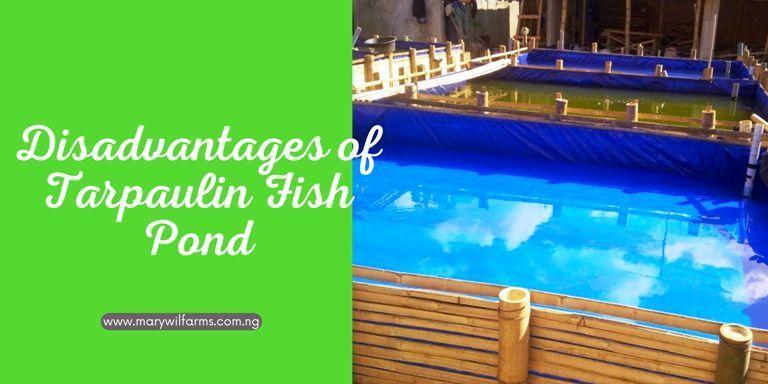General Tips
5 Importance of Water Quality in Catfish Farming

Water quality is a critical factor in catfish farming because it directly impacts the health and growth of the fish. In this post, we shall look at the importance of water quality in catfish farming.
In our previous post, water management in catfish farming, we mentioned that poor water quality can lead to stress, disease, and mortality, as well as reduced growth rates and lower yields for farmers.
Therefore, maintaining good water quality is essential for the success of a fish farming operation.
Importance of Good Water Quality in Catfish Farming
Here are some of the important reasons why maintaining good water quality is crucial in fish farming:
1. Good water quality improves the health of the fish and prevents diseases that can lead to fish mortality.
2. Good water quality conditions aid the growth and development of fish. It also helps to ensure maximum production and profitability
3. It helps to improve the oxygen levels necessary for fish respiration, metabolism, and activity.
4. Proper water quality management helps to minimize the accumulation of waste products, such as ammonia and nitrite, which can be toxic to fish.
5. Maintaining good water quality helps to prevent excessive weed growth, especially in the earthen pond.
Poor water quality can lead to environmental pollution which could lead to legal litigations, jeopardizing the sustainability and viability of the fish farming operations.
How To Maintain Water Quality
Below are some of the basic ways to achieve good water quality in your fish farm.
1. Changing water regularly
Regular water change is one of the effective ways to maintain good water quality in fish farming.
It involves replacing a portion of the water in the fish pond with fresh water. Doing this will help to remove accumulated waste, improve dissolved oxygen levels, and maintain the pH level in the pond.
It is advisable to change 20-50% of the water in the fish pond (s) at least 2-3 times weekly.
2. Regular Water Testing
Regular water testing is an essential practice in water management in fish farming. It helps to detect any changes in the pH, temperature, and oxygen levels, which can impact the fish negatively.
As a fish farmer, you should test your water at least once a week to ensure it meets the recommended levels for your catfish species
3. Avoid overfeeding
Overfeeding can lead to the accumulation of uneaten feed which in turn becomes waste. Leftovers in the pond lead to pollution of water and as well lower water quality.
To avoid waste, you should feed your fish only what they need at a particular time. By controlling the feeding, farmers can minimize the waste produced by fish and maintain water quality.
4. Avoid Overstocking
Stocking catfish in concrete and earthen ponds has a formula. Overstocking leads to stress, disease, and poor water quality in fish farming.
To avoid these, ensure that there is enough space for the fish to swim and grow. By maintaining proper stocking density, fish farmers can prevent excessive waste products and maintain good water quality.
5. Regularly Clean the Pond
To continue maintaining good water quality, it is important to have your fish pond thoroughly cleaned especially after every harvest.
Regularly cleaning the pond can help remove accumulated debris, uneaten feed, and feces, which can help maintain good water quality.
Summary
The importance of water quality in catfish farming cannot be over emphasized because fish rely on clean water to stay alive and grow.
If the water quality is poor, the fish can get sick, stressed, or have stunted growth. When there is an increase in mortality, there is every indication that the water quality plays a part in that effect.
Catfish need certain things in their water like the right temperature, oxygen, and the right balance of chemicals. By keeping an eye on the water at all times, fish farmers can improve output.



recent comments